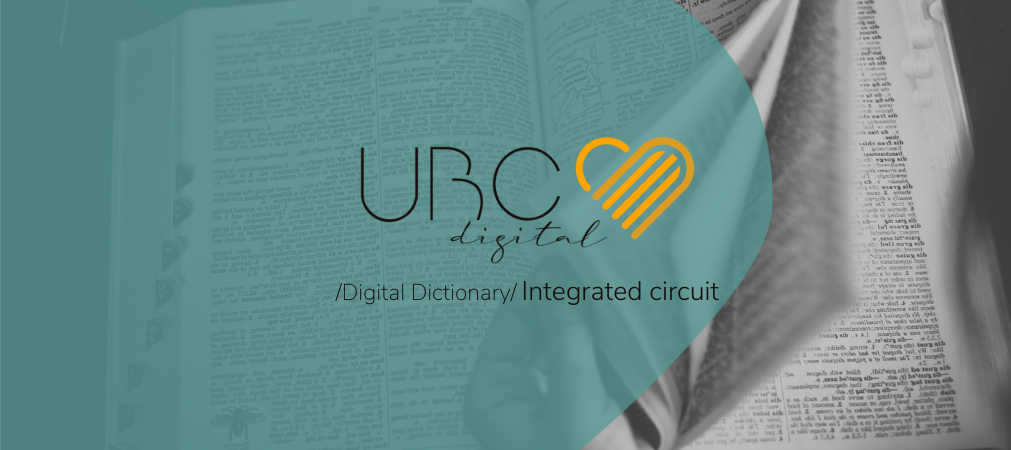Definition: What is an integrated circuit?
An integrated circuit or monolithic integrated circuit is a set of electronic circuits on one small flat piece (or “chip”) of semiconductor material that is normally silicon.
The integration of large numbers of tiny transistors into a small chip results in circuits that are orders of magnitude smaller, faster, and less expensive than those constructed of discrete electronic components.
The IC’s mass production capability, reliability, and building-block approach to integrated circuit design has ensured the rapid adoption of standardized ICs in place of designs using discrete transistors.
Explanation: What are integrated circuits used for?
Integrated circuits were made practical by technological advancements in metal–oxide–silicon (MOS) semiconductor device fabrication. Since their origins in the 1960s, the size, speed, and capacity of chips have progressed enormously, driven by technical advances that fit more and more MOS transistors on chips of the same size – a modern chip may have many billions of MOS transistors in an area the size of a human fingernail. These advances, roughly following Moore’s law, make computer chips of today possess millions of times the capacity and thousands of times the speed of the computer chips of the early 1970s.
ICs have two main advantages over discrete circuits: cost and performance. Cost is low because the chips, with all their components, are printed as a unit by photolithography rather than being constructed one transistor at a time. Furthermore, packaged ICs use much less material than discrete circuits. Performance is high because the IC’s components switch quickly and consume comparatively little power because of their small size and proximity. The main disadvantage of ICs is the high cost to design them and fabricate the required photomasks. This high initial cost means ICs are only commercially viable when high production volumes are anticipated.
Integrated circuits can be classified into analog, digital and mixed signal, consisting of both analog and digital signaling on the same IC.
Digital integrated circuits can contain anywhere from one to billions of logic gates, flip-flops, multiplexers, and other circuits in a few square millimeters. The small size of these circuits allows high speed, low power dissipation, and reduced manufacturing cost compared with board-level integration. These digital ICs, typically microprocessors, DSPs, and microcontrollers, work using boolean algebra to process “one” and “zero” signals.
Applications of integrated circuits
- Transistor-Transistor Logic (TTL)
- Moore’s Law
- MOS Transistor
- Charge-coupled devices
- Medical implants
- Microelectromechanical systems
